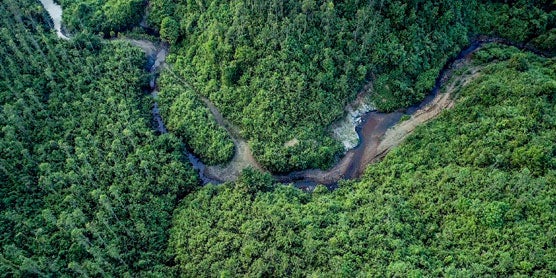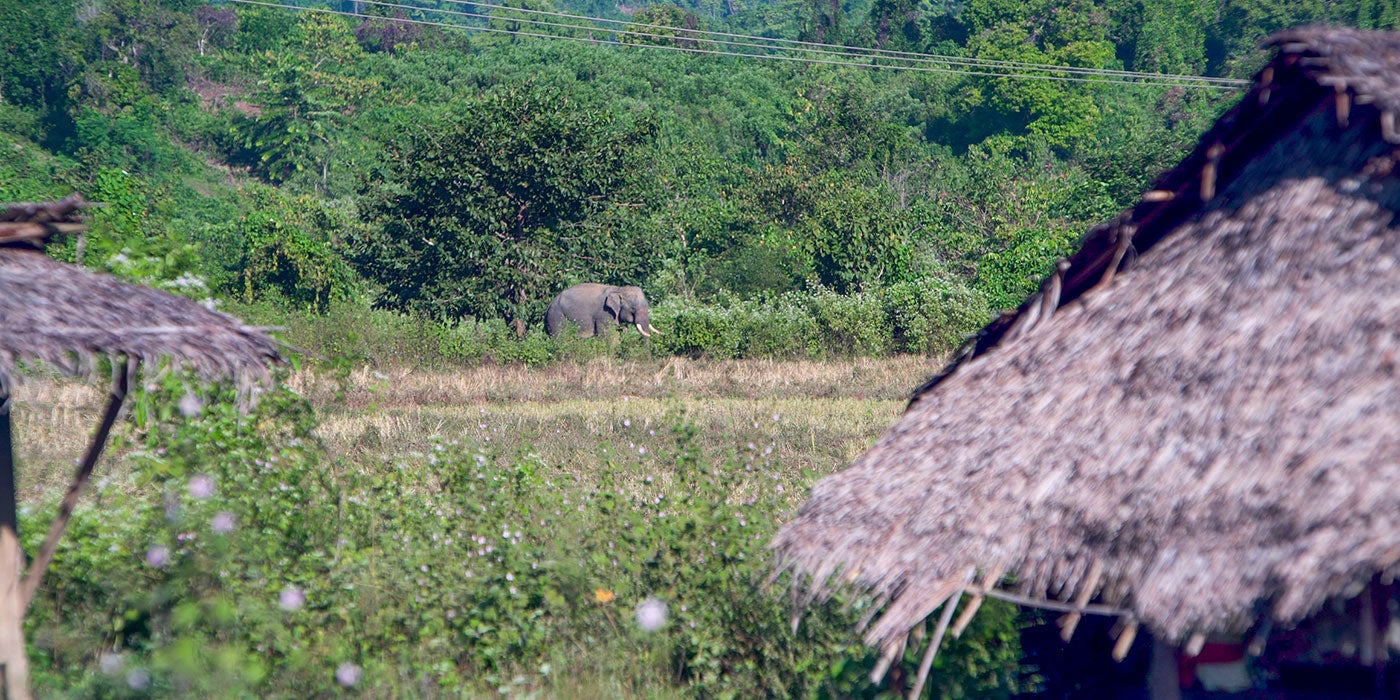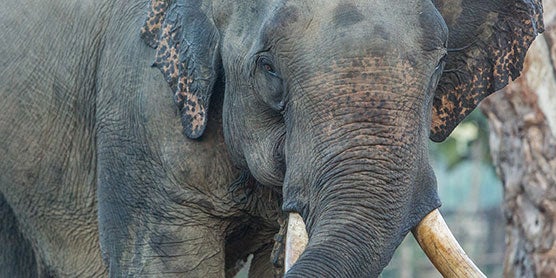Field in Focus is a video series that brings you into the field with Smithsonian scientists working to save species around the globe.
For decades, scientists with the Smithsonian Conservation Biology Institute's Conservation Ecology Center and partners have traveled to Myanmar to study Asian elephants, a species threatened by poaching, habitat loss and human-elephant conflict. Only 30,000 to 50,000 remain in the wild, scattered throughout fragmented habitats across 13 countries in Asia.
In this three-part video series, follow scientists in the field as they track these wild elephants.
Part 1- Tracking Elephants
Using satellite GPS collars, scientists are tracking the movements of Myanmar’s wild elephants to better understand how they use their habitat and to inform conservation efforts.
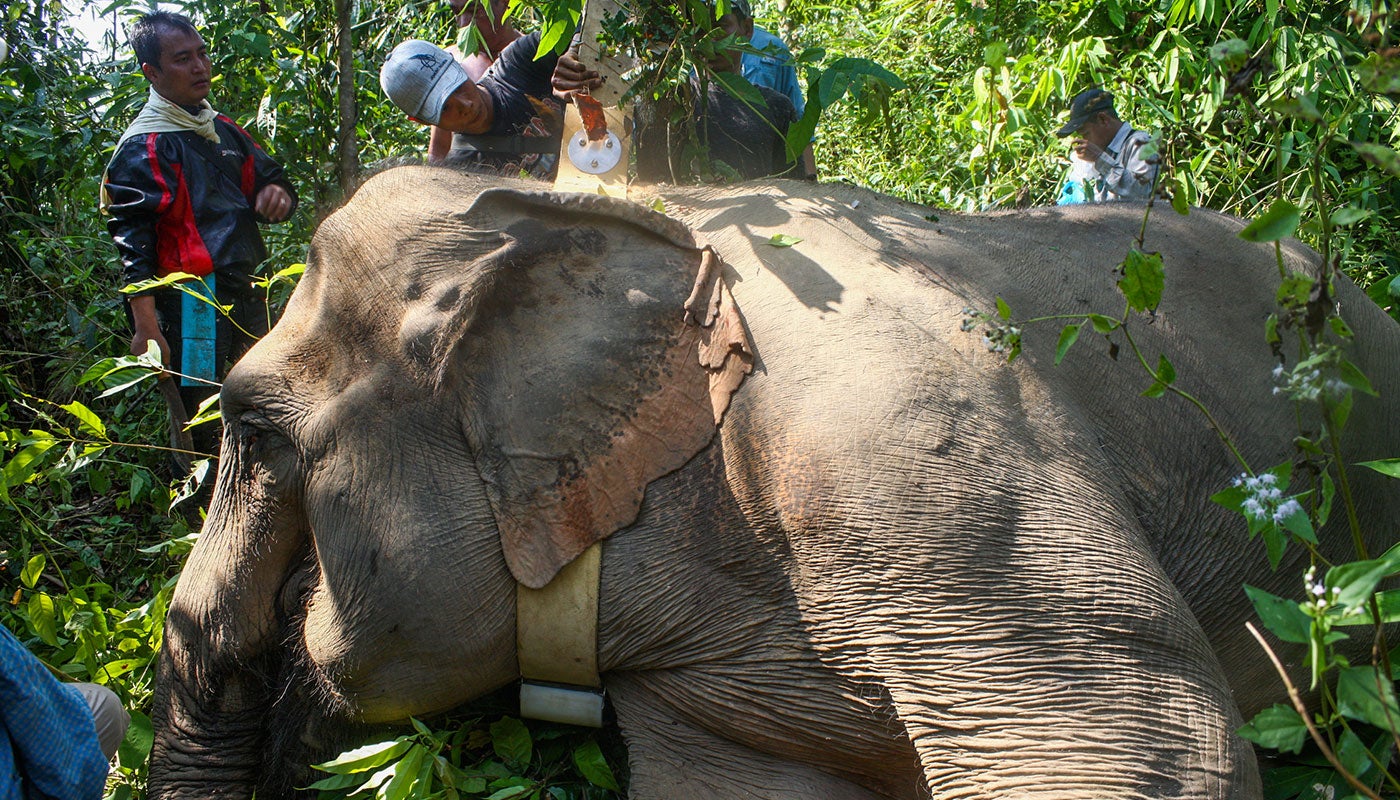
Only healthy, adult elephants are fitted with GPS collars. Veterinarians monitor the elephant's heart rate and breathing throughout the entire process, which takes about half an hour.
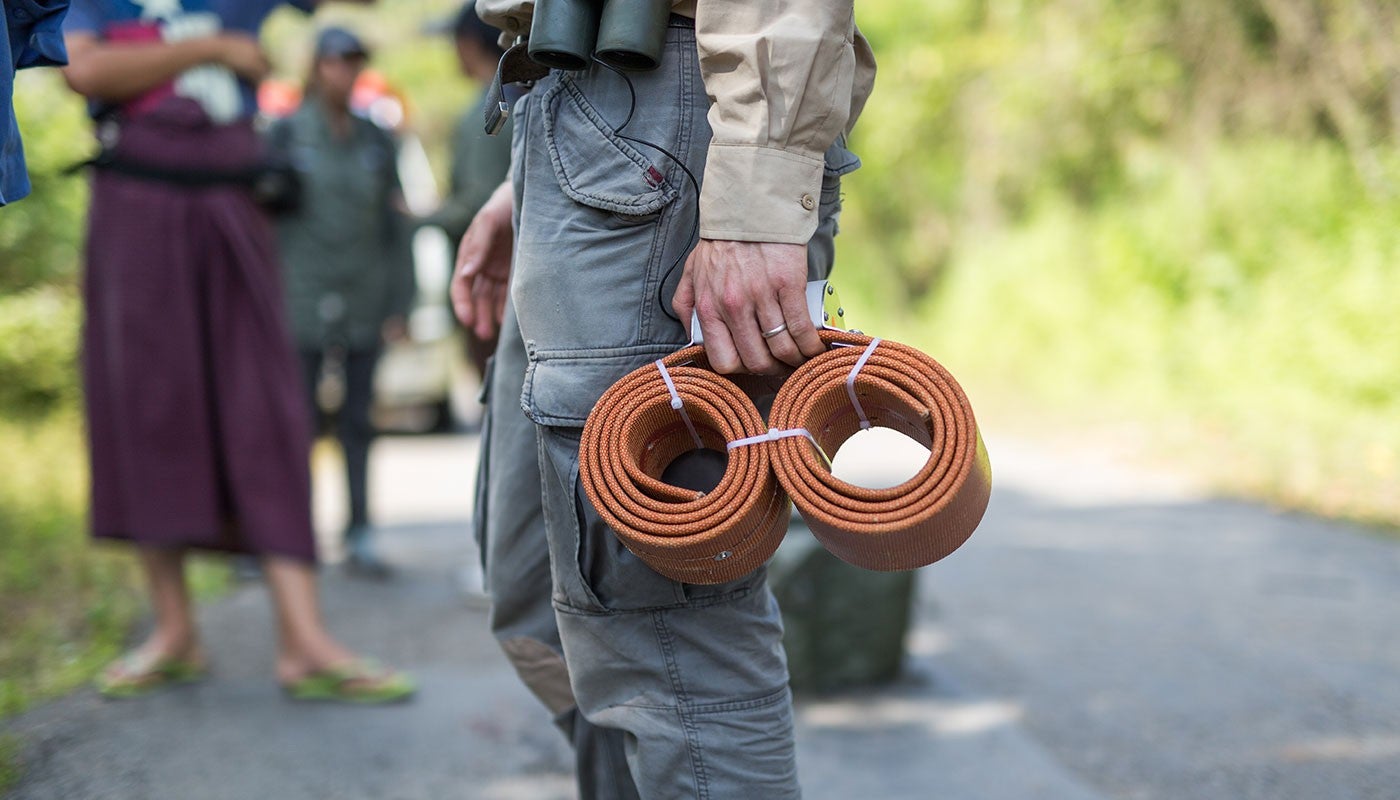
Collars cost about $4,000, but the information they provide is critical to understanding how elephants travel. The collars weigh 26 pounds and use technology similar to a smartphone.
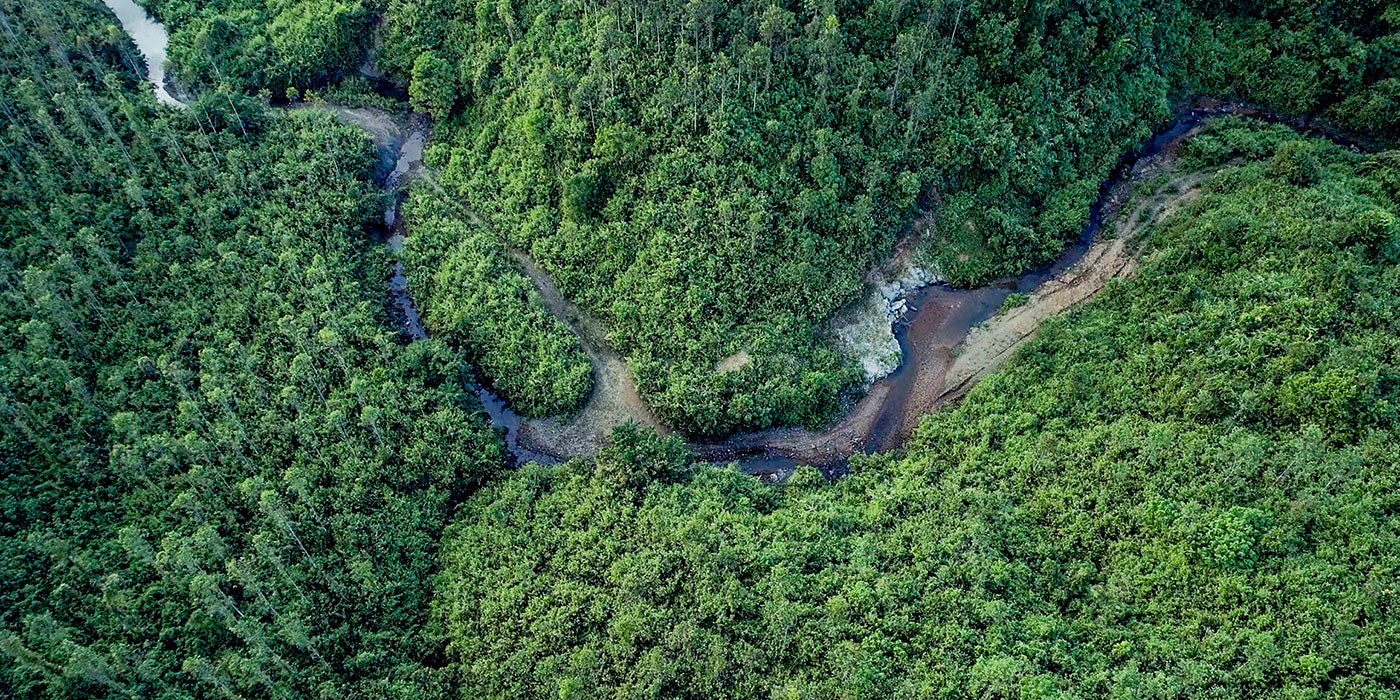
Scientists have discovered that Myanmar's elephants typically walk 1-4 miles per day. Home ranges vary from 60-500 square miles based on food availability and whether breeding males and females are in the area.
What Is a Mahout?
Mahouts are elephant keepers, trainers and trackers. They also help scientists study wild elephants. Many of the elephants in their care are former draft animals that were used for logging. In this video, the mahouts bathe their elephants in a stream. The elephants have free range to forage at night. The chains they wear, called drag chains, are not for restraint. Rather, they leave an obvious trail of disturbed vegetation and slow the elephants down just enough to help the mahouts locate them each morning. If the elephants are close to villages or farms, the mahouts can move them to prevent them from raiding crops or damaging homes — both major challenges for people living near wild elephants. Mahouts do everything they can to ensure the safety of the elephants and the people who share their home.
Part II: Human-elephant Conflict
Humans and elephants have coexisted in Asia for thousands of years, but how people interact with land and with elephants is changing. As a result, human-elephant conflict has becoming increasingly more common. Tracking elephant movement allows scientists to identify at-risk areas and develop strategies to minimize conflict.
Part III: Elephant Poaching
Research has revealed a recent and troubling rise in poaching for skin and meat, which may be the most urgent threat to Myanmar’s wild elephants. Follow the scientists and their partners as they respond to a poaching crime.
WARNING: This video contains graphic images.
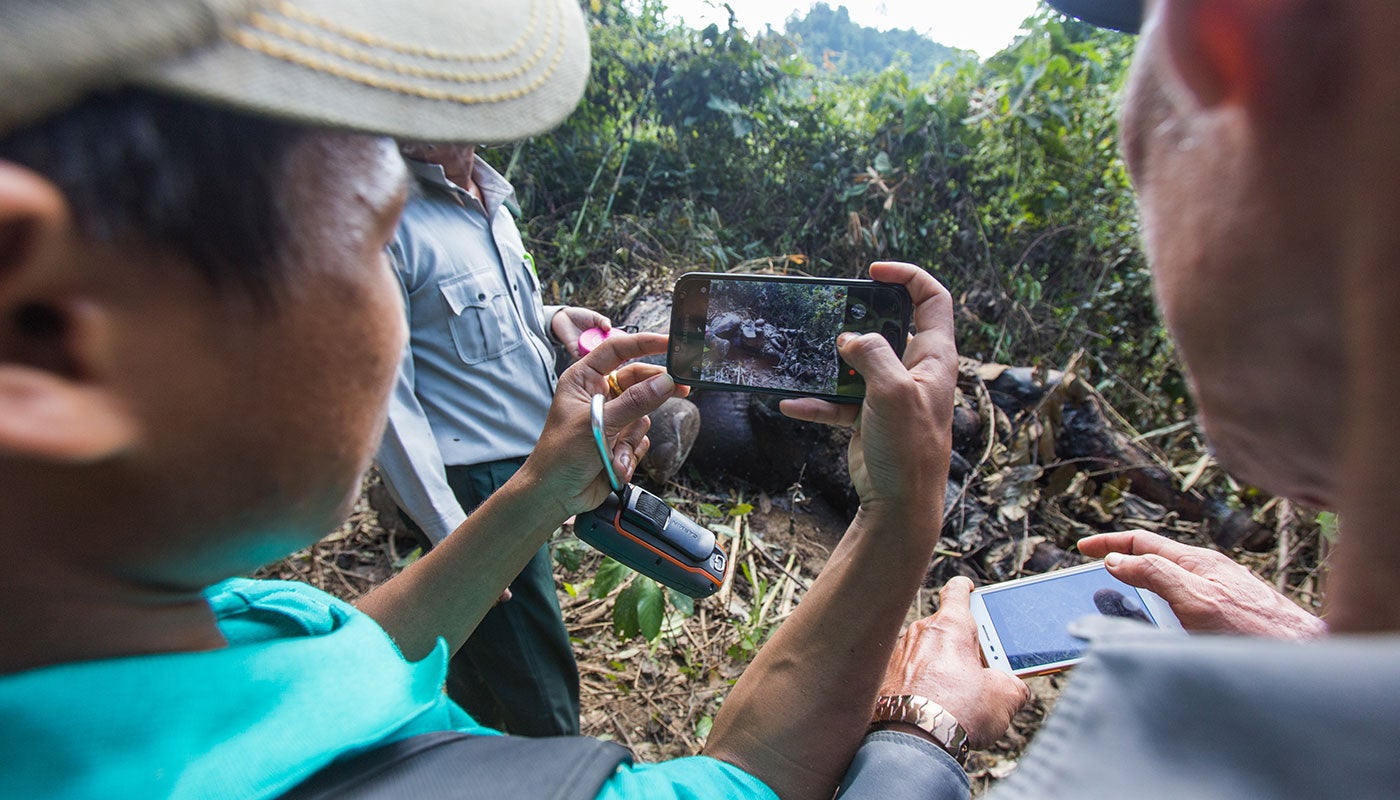
Smithsonian scientists and partners began investigating elephant deaths after seven of the 19 Asian elephants they had been tracking were killed. They found that the poaching problem was widespread and affected many more elephants than those being monitored with GPS collars. Here, researchers document a poached elephant discovered in the forest.
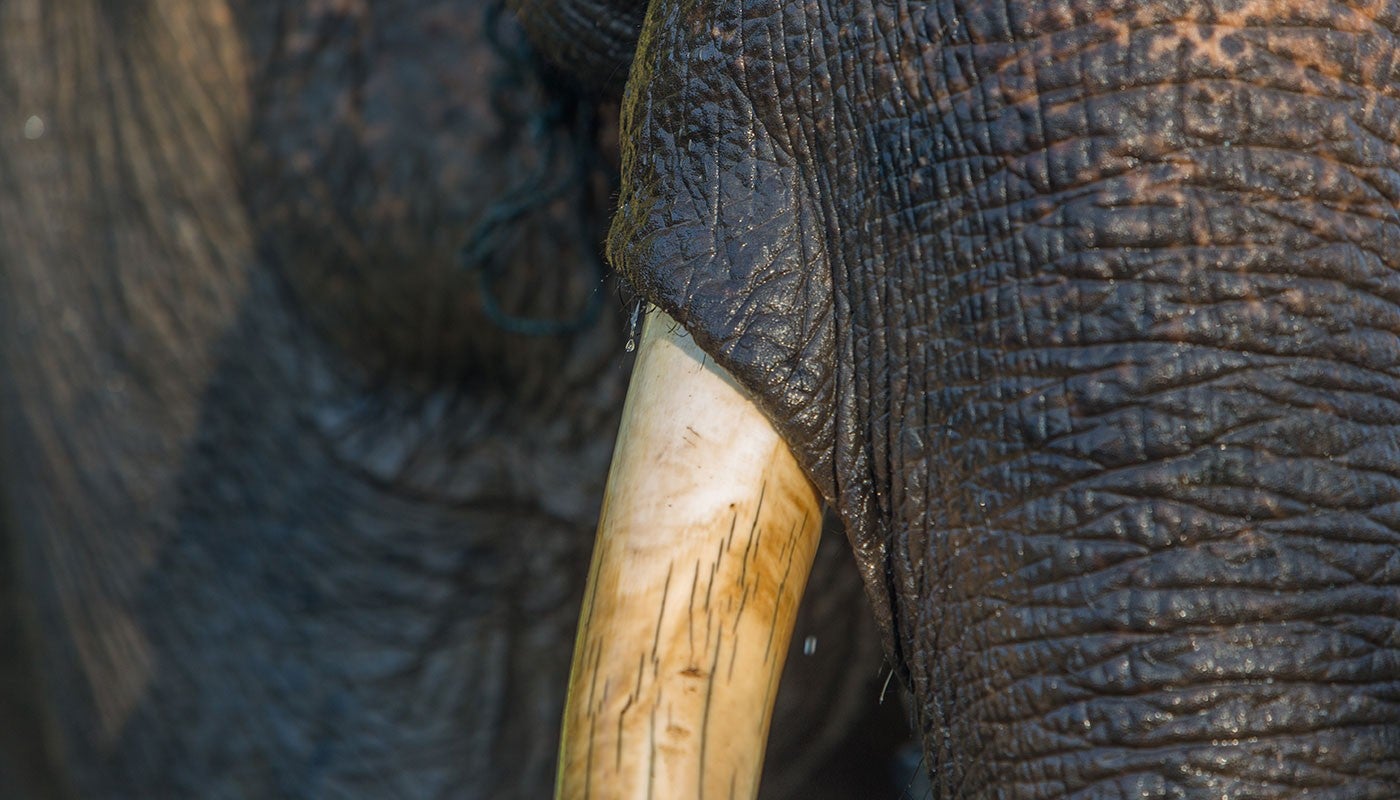
Unlike African elephants that are primarily hunted for their ivory tusks, Asian elephants are also poached for their skin and meat. This makes males, females and calves equal targets. Simultaneously removing breeding females and young from a population can drive it toward extinction.
This work made possible in part by support from

